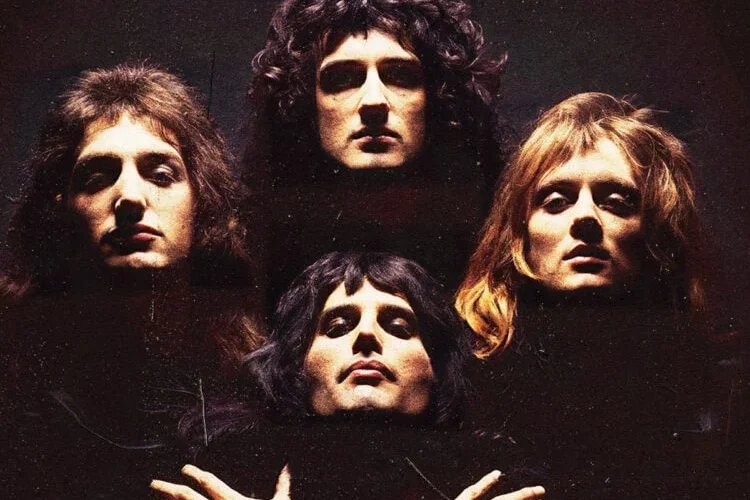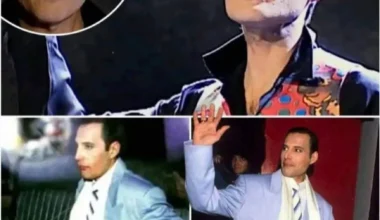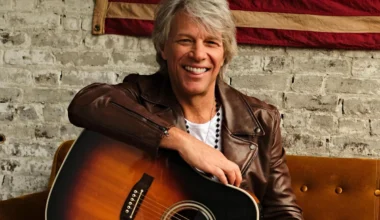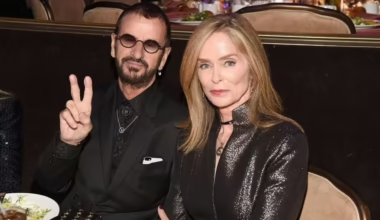Queen’s drummer Roger Taylor has stunned band fans by revealing an unseen aspect of Freddie Mercury’s integration process into the group, a detail that had until now remained hidden in the history of one of rock’s most celebrated icons. The revelation was made during a recent interview in which Taylor, who met Mercury before he took his stage name, provided an intimate account of the challenges and peculiarity of that beginning.
To understand this revelation, one must go back to the time when Queen did not yet exist as such. In the late 60s, Roger Taylor and guitarist Brian May played together in a band called Smile. For those years, Mercury, whose original name was Farrokh Bulsara, was an admirer and close friend of the group. Taylor recalled how young Freddie, still in search of his own musical identity, used to offer advice on his staging and the band’s visual style.
“He was already unique; you could tell that his personality was beyond the ordinary,” Taylor said in an interview with British portal Guitar.com However, what few knew was that, according to the drummer, Freddie himself had certain insecurities about his vocal ability, a revelation that clashes with the image of security Mercury projected onto the world.
Mercury insisted on becoming part of the band, but Taylor and May were aware that the young man’s quirky style might be too risky for an audience accustomed to the classic rock of the era. “Freddie always told us that he could do something different, that he could take the show beyond what we imagined,” said Taylor. However, in the first encounters, his style still did not find the strength and cohesion that would make him immortal.
Nevertheless, it was Freddie’s insistence and vision that eventually convinced his future teammates to give him a chance. Taylor confessed that, during those early days, they came to wonder if Mercury’s overwhelming personality could fit the serious musical approach they had in mind for the band. But the test was immediate: with Mercury leading the way, his presence on stage completely transformed the group dynamics.
Taylor’s narrative sheds light on the reality of those early moments. As reported, one of the band’s first rehearsals with Mercury was somewhat chaotic: “The energy was overflowing; he didn’t just want to sing, he wanted to direct everything, from the lights to the movements of each one,” recalled the drummer, smiling as he recalled the initial challenges of working with someone so full of ideas. For many musicians, an attitude like that could have been a cause for conflict, but Taylor and May knew how to see the potential of a true star in it.
Mercury’s willingness to take charge and innovate in every aspect of the show was, paradoxically, what sharpened the group’s chemistry. Little by little, each of the members was giving way to Freddie’s creative energy, to the point that Queen could no longer imagine herself without him at the forefront.
Interestingly enough, Taylor also revealed a little-known fact about Mercury itself: her stage name and the symbolism behind the Queen logo. “Freddie designed the logo based on the zodiac signs of each of us. He was incredibly meticulous with those details,” he commented, excited to remember his friend’s artistic sensitivity.
The iconic band logo, with lions, crabs and fairies surrounding a large crown, was the product of that symbolic vision of Mercury. It was an attempt to visually project the union and greatness he wanted for Queen. “It was like Freddie knew from day one that we were going to make history,” Taylor confessed. “He had an aesthetic sense and an instinct for theatricality that were always present, even before he had the experience.”
Mercury’s beginnings in Queen were marked by search and experimentation, a process that seems evident today, but then was a path of uncertainty for all. The anecdotes shared by Taylor highlight a more human and vulnerable side of the idol that, after decades of mythification, tends to be opaque.
According to the drummer, the early rehearsals were not stress-free, as Mercury was constantly looking to refine his image and technique. He even claims that Freddie used to practice for hours in front of the mirror, rehearsing gestures and poses, something that Taylor and May found both fascinating and strange. “Freddie wanted to be perfect; he knew the stage was going to be his temple, and he wanted to master every aspect of his presence,” the drummer revealed.
Also, Taylor confessed that there were moments of doubt and conflict over how to integrate Freddie’s extravagance into the sound they had imagined. But over time, the singer’s virtuoso and delivery became essential to defining what Queen would be. That ambition and constant pursuit of perfection earned Freddie the respect of his peers, who, upon seeing the devotion with which he approached his craft, understood that they had found the perfect frontman.
Finally, Roger Taylor’s anecdote highlights how Queen, from her own origin, was marked by the unique blend of talents, visions and even personal challenges that her members managed to amalgamate. “What we were, what we are, couldn’t have been without Freddie. He taught us all to look for something beyond the obvious,” he concluded, remembering with nostalgia those early days.






